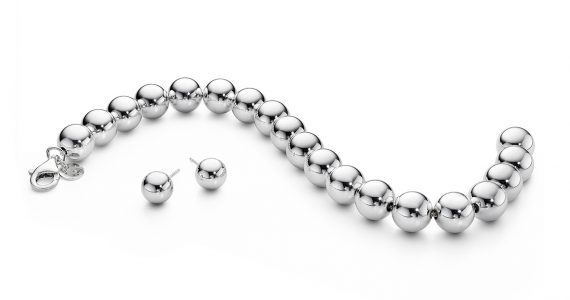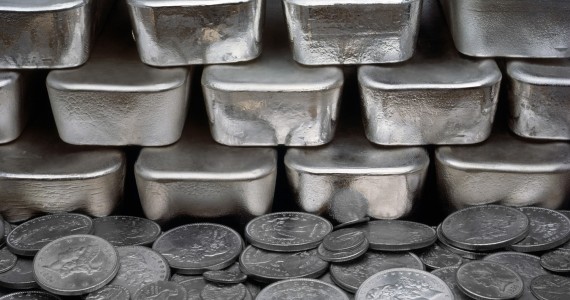The demand of gold bullion from the large jewelry sector of India is seen to cope this year from last year’s drop in demand as declared by dealers and retailers. This is due the delayed purchases and adaptation to industry changes by the consumers following a sudden demonetization last November 2016.
Large Jewelry Traders and Retail Chains Enjoy the Benefits
When the Modi government cancelled India’s highest denomination banknotes, holdings and the use of undeclared “black money” were now cleaned up. According to analysts, this move by the government caused the more traditional, artisanal jewelry traders to suffer while the larger jewelry retail chains can benefit more from it.
The largest jewelry retailer in India, Titan Company, declared a 14% sales growth of its gold accessories across all its 1,333 retail stores year-on-year in the last quarter of last year despite challenges of demonetization shock. It was noted that the festival season was very lucrative for both the jewelry and watch business.
According to a partner at Sensuel, one of the jewelry suppliers in India, the last three months of 2016 was low on sales, with really slow business activity, but it started to pick up on the latter part of January 2017. As the wedding season starts and will continue until late April, jewelry suppliers will need to also keep stock of gold adornments.
Import of Gold Bullions Slowed Down
Surendra Mehta, secretary of the India Bullion and Jewelers Association, said that jewelers are expecting a bulk of demand from consumers after the Union Budget failed to decrease import of gold bullion from the 10% gold bullion import enforced since 2013.
India imported less than 500 tons of gold bullion in 2016, almost importing half from the previous year and its lowest annual total since 2003, considering that India does not produce mined gold. The gold bullion imports from Australia (considered as the world’s second mining producer), dropped to its lowest starting 2009 based on the data sourced from Metals Focus. On the contrary, Australia’s bullion exports to the UK increased to match 2010 exportations.
Silver imports to India were affected by customs duty to the surprise of the Union Budget and dealers who were hoping for a more relaxed activity amidst bullion import restrictions. Silver is now increasingly becoming a popular substitute for buyers of household jewelry as well as investors when gold imports started slowing down.
Demonetization Shock is Not Just for Gold
Gold Demand Trends, a mining-backed market development organization, told the World Gold Council that the demonetization shock is not just true for the demand of gold bullions but also from the reclining demand from the rural sector in other industries where cash-based business activity slows down due to decreased liquidity. For example, sales of tractors declined to 23% in November 2016 and scooters and motorbike sales also took a dive to 22% in December.
The World Council believes that this is a temporary phenomenon once cash liquidity will improve especially when 500 Rupee notes will be reissued together with India’s 2,000 Rupee notes. India also foresees a solid growth of income after a good monsoon celebration where gold demand is seen to look good following the good harvest.
Market is Slowly Picking Up
Jewelry traders and retailers agree that the market is gradually picking up as things are also starting to normalize. However, wholesalers are marking down gold prices after last year’s excess of supply over demand in order to move inventory or sell non-moving stocks. But even with the significant market and cash liquidity improvement s, it will still probably take about six months to completely normalize business operations.
Indian banks will have to consider increasing interest rates for household savings if it is to compete with gold due to threat of inflation risks brought about by the demonetization shock last November where the country witnessed 86% of its cash in circulation cancelled in a matter of four hours. But some banks were able to manage by slashing down the cost of borrowing from 8% to 6.25% in the last two years. Moreover, the central bank also doubled its allowable limit for savings account cash withdrawals per week.
The next six months following the demonetization shock will be a more normalized market for jewelry retail chains and buyers alike, as well as for the traditional jewel traders. Fluctuations in the market are but normal and constant as it depends on various factors. Gold bullion demand is expected to increase in the coming months, and hopefully also that of silver imports. Cases like this may also be true to other countries that do not produce mined gold, and rely heavily on imports for gold bullions. As long as liquidity will continue to improve and the market behavior will also do the same, there is still a chance for recovery.








